10 Best Herbal Lotions For Fungal Skin Infection

Herbal lotions are natural topical treatments that contain plant-based ingredients known for their antifungal properties, making them a popular alternative to conventional antifungal medications.
These lotions often include ingredients such as tea tree oil, garlic extract, neem, and calendula, which have been traditionally used to combat fungal infections like athlete’s foot and ringworm. They work by reducing inflammation, soothing the skin, and inhibiting the growth of fungi through their antimicrobial and antiseptic properties. While herbal lotions may offer a gentler option for sensitive skin, their effectiveness can vary, and they should not replace prescribed antifungal treatments for severe infections.
It is advisable to consult a healthcare professional before using herbal lotions to ensure they are suitable for the specific type of fungal infection and individual health conditions.
FREE Herb Drying Checklist
How to make sure every batch retains maximum flavor, color, and aroma without the risk of mold or over-drying. Eliminate guesswork and trial-and-error, making herb drying faster, easier, and more efficient every time.
Table of Contents
1. Hypericum perforatum
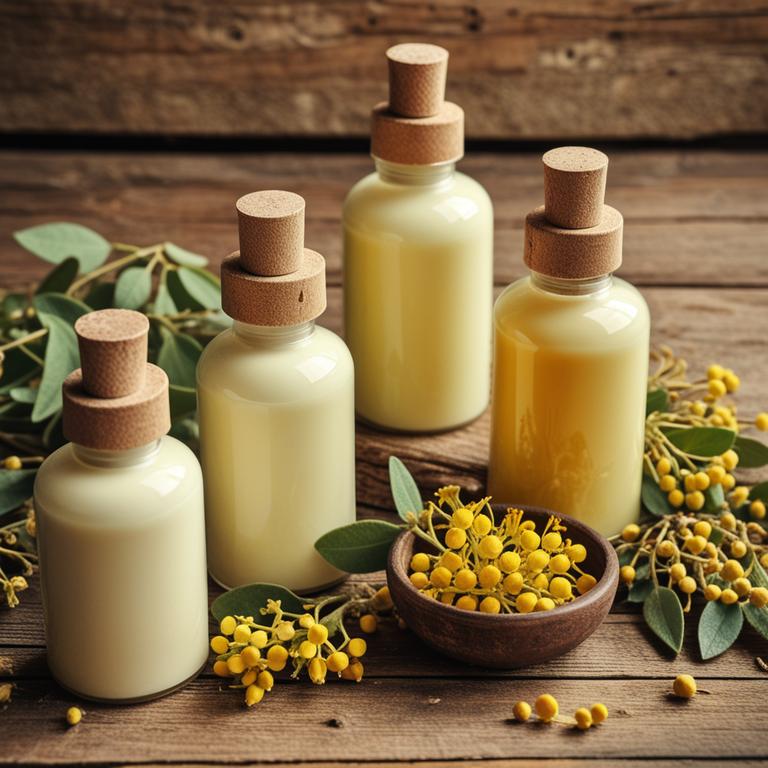
Hypericum perforatum, commonly known as St. John's Wort, is a traditional herbal plant that has been used for centuries to treat various ailments, including skin infections.
Herbal lotions made from Hypericum perforatum contain compounds such as hyperforin and flavonoids, which exhibit antimicrobial and anti-inflammatory properties. These lotions can be applied topically to affected skin areas to help reduce fungal growth and alleviate symptoms like redness and itching. While some studies suggest its effectiveness against certain fungal infections, it is important to consult a healthcare professional before using it as a treatment, especially if combined with other medications.
Overall, Hypericum perforatum herbal lotions offer a natural alternative for managing mild fungal skin infections, though their efficacy may vary depending on the specific condition and individual response.
2. Aloe barbadensis
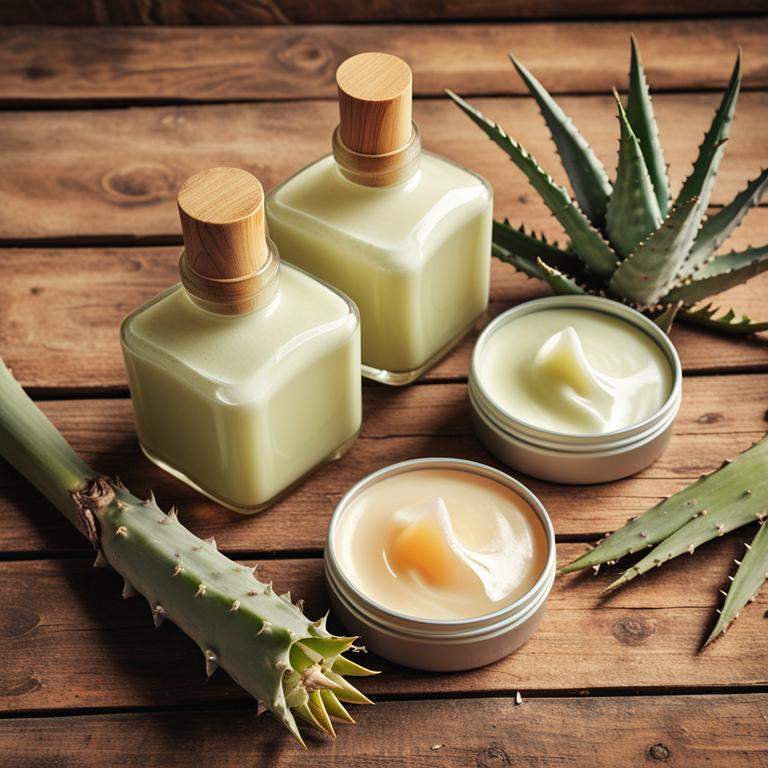
Aloe barbadensis, commonly known as aloe vera, is a versatile herbal plant that has been widely used for its soothing and healing properties.
Aloe-based herbal lotions are often formulated to treat fungal skin infections due to their anti-inflammatory, antimicrobial, and antifungal properties. These lotions can help reduce redness, itching, and discomfort associated with conditions like athlete's foot or ringworm. The gel-like substance within the aloe leaves contains compounds such as aloin and polysaccharides that support skin regeneration and barrier function.
While aloe vera may provide relief and support the healing process, it is often recommended to use it in conjunction with prescribed antifungal treatments for optimal results.
3. Cinnamomum zeylanicum
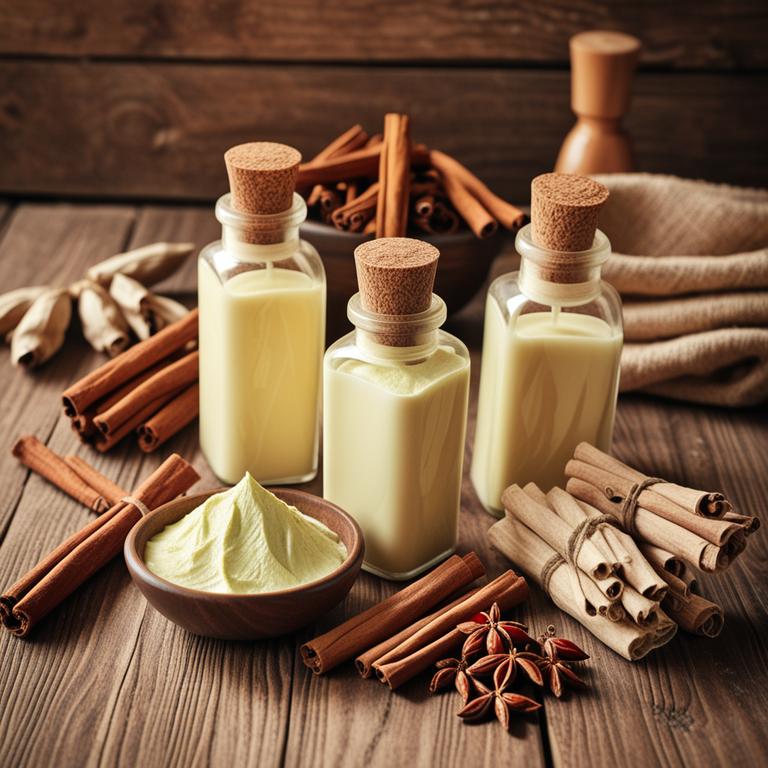
Cinnamomum zeylanicum, commonly known as cinnamon, is a natural remedy often used in herbal lotions to treat fungal skin infections due to its antimicrobial and antifungal properties.
The essential oils extracted from the bark of this plant contain compounds like cinnamaldehyde, which have been shown to inhibit the growth of fungi such as Candida and Trichophyton. When applied topically as a lotion, cinnamon-based formulations can help reduce symptoms like itching, redness, and scaling associated with conditions like athlete’s foot and ringworm. These herbal lotions are generally safe for external use but should be avoided on broken skin or ingested.
They offer a natural alternative to conventional antifungal treatments, though it is advisable to consult a healthcare professional for persistent or severe infections.
4. Thymus vulgaris
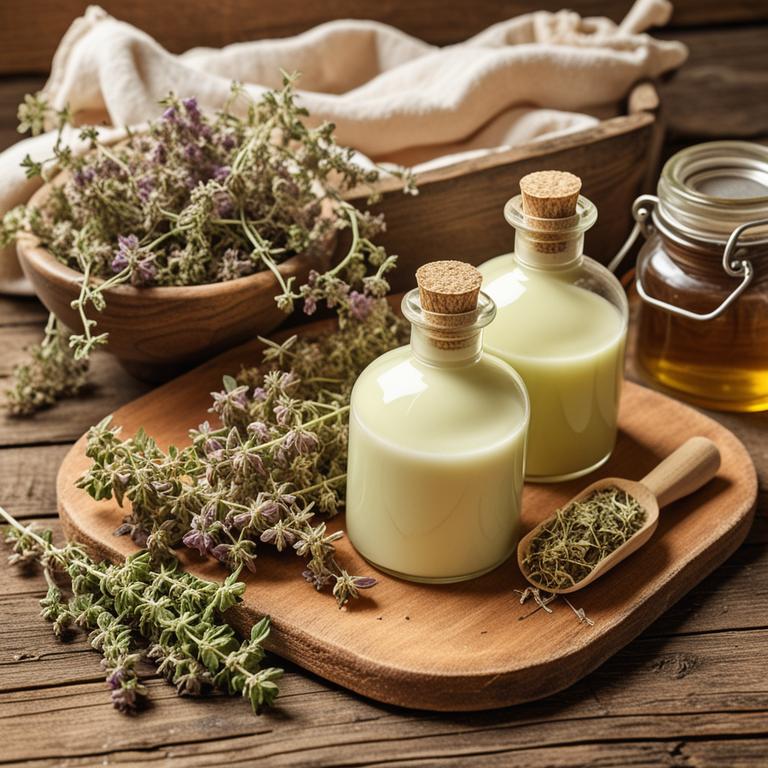
Thymus vulgaris, commonly known as thyme, is a herb that has been traditionally used for its antimicrobial and antifungal properties.
Thymus vulgaris herbal lotions are formulated to harness the natural compounds found in thyme, such as thymol and carvacrol, which exhibit strong antifungal activity. These lotions can be applied topically to affected skin areas to help reduce fungal infections like athlete's foot and ringworm. The essential oils derived from thyme are often diluted in a carrier oil to ensure safe and effective application.
While thymus vulgaris lotions may offer a natural alternative to conventional antifungal treatments, they should be used as part of a comprehensive skincare routine and under the guidance of a healthcare professional.
5. Cymbopogon citratus
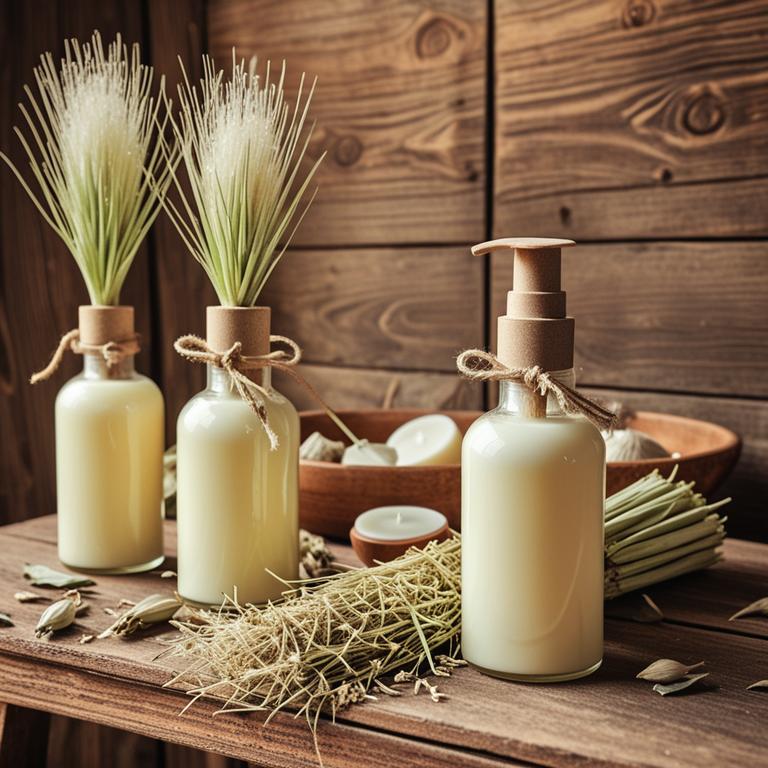
Cymbopogon citratus, commonly known as lemongrass, is a herbal plant that has been traditionally used for its antimicrobial and anti-inflammatory properties.
Herbal lotions containing Cymbopogon citratus extract are gaining popularity as natural remedies for treating fungal skin infections such as athlete's foot and ringworm. The essential oils derived from lemongrass possess antifungal compounds that inhibit the growth of fungi by disrupting their cell membranes. These lotions are often preferred for their mild, soothing effects and reduced risk of chemical irritation compared to conventional antifungal treatments.
When used consistently, Cymbopogon citratus herbal lotions can provide effective relief and support the healing process of fungal infections on the skin.
6. Eucalyptus globulus
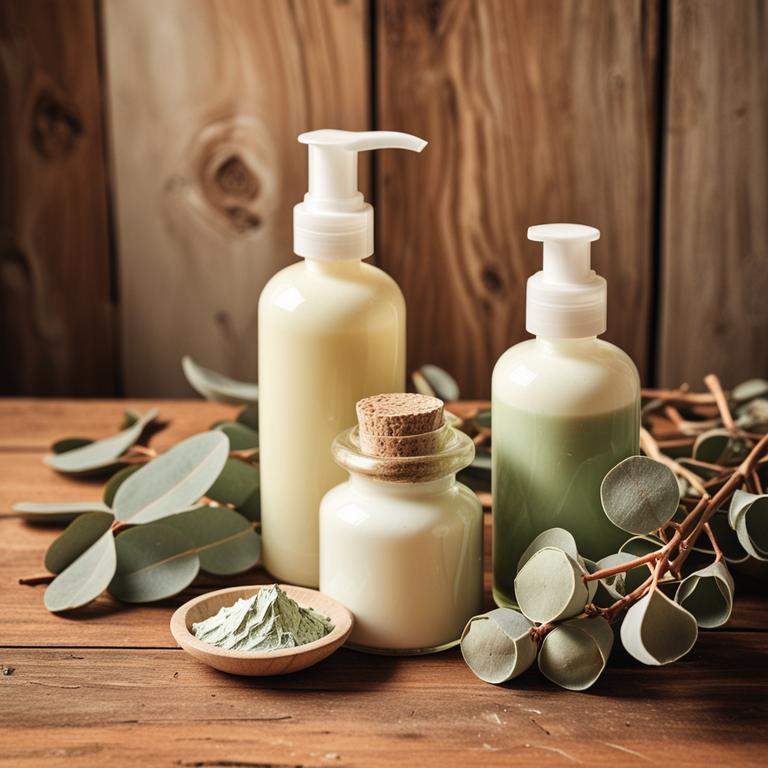
Eucalyptus globulus, commonly known as eucalyptus oil, is often incorporated into herbal lotions for its antimicrobial and anti-inflammatory properties.
These lotions are particularly effective in treating fungal skin infections such as athlete's foot and ringworm due to the presence of compounds like cineole and terpinene, which inhibit fungal growth. The soothing nature of eucalyptus globulus helps alleviate itching and redness associated with these infections, promoting faster healing. When applied topically, these herbal lotions offer a natural and alternative treatment option for those seeking non-chemical remedies.
However, it is important to consult a healthcare provider to ensure proper diagnosis and treatment, especially for persistent or severe fungal infections.
7. Zingiber officinale
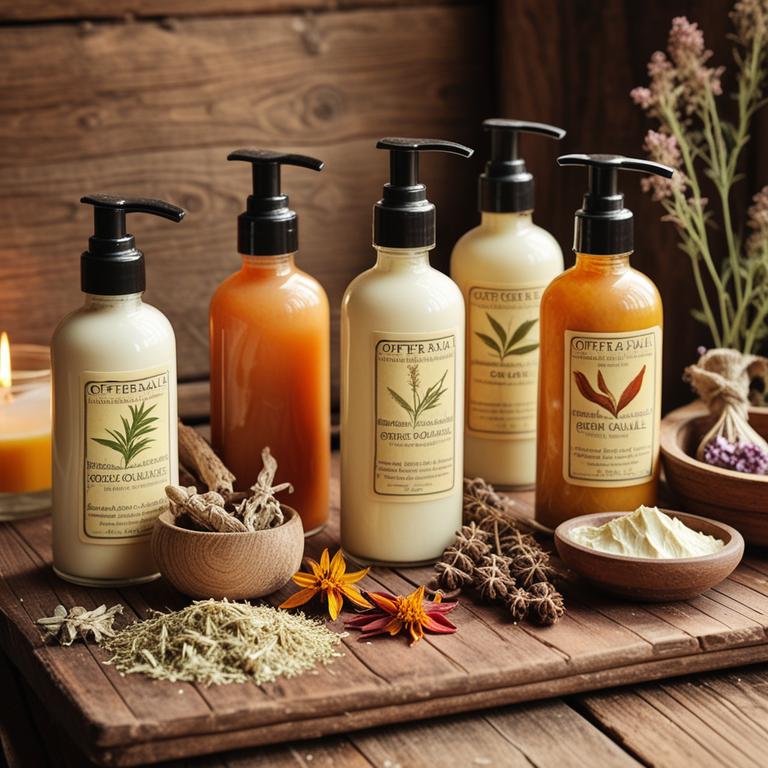
Zingiber officinale, commonly known as ginger, has been traditionally used for its antimicrobial and anti-inflammatory properties, making it a valuable ingredient in herbal lotions for treating fungal skin infections.
These lotions often contain extracts of fresh or dried ginger root, which are believed to help inhibit the growth of fungi such as dermatophytes. The active compounds in ginger, including gingerols and shogaols, possess antifungal effects that may reduce symptoms like itching, redness, and scaling associated with conditions like athlete's foot or ringworm. When applied topically, ginger-based lotions can provide a natural alternative to conventional antifungal treatments, offering a soothing and potentially effective remedy.
However, it is important to consult a healthcare professional before using such herbal remedies, especially for persistent or severe fungal infections.
8. Lavandula angustifolia
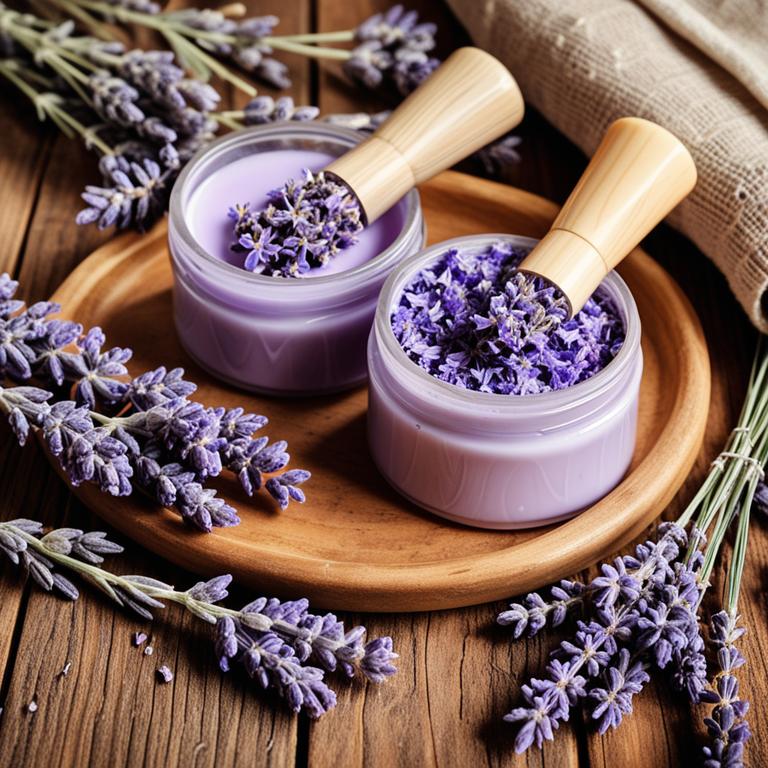
Lavandula angustifolia, commonly known as English lavender, is widely used in herbal lotions for its antimicrobial and anti-inflammatory properties.
These lotions are particularly effective in treating fungal skin infections due to the presence of compounds like linalool and lavandicine, which inhibit the growth of fungi. The soothing aroma of lavender also helps to reduce itching and irritation associated with fungal infections. Herbal lotions made from lavender are often preferred for their natural and gentle formulation, making them suitable for sensitive skin.
Regular application of lavender-based lotions can support the healing process and prevent the recurrence of fungal infections.
9. Teucrium marum
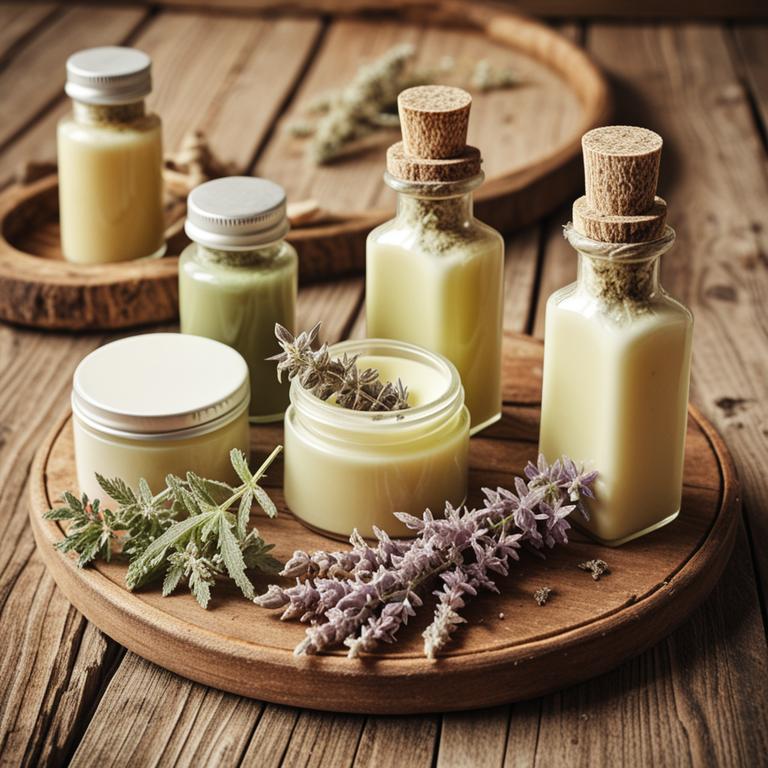
Teucrium marum, commonly known as red sage or wood betony, has been traditionally used in herbal medicine for its antimicrobial and anti-inflammatory properties.
Herbal lotions made from Teucrium marum may help in the treatment of fungal skin infections due to their ability to inhibit the growth of various fungi. These lotions are often prepared by infusing the dried leaves and flowers in a carrier oil or water, creating a soothing topical application. The active compounds in Teucrium marum, such as flavonoids and tannins, contribute to its antifungal effects by disrupting fungal cell membranes.
While herbal treatments can be a natural alternative, it is advisable to consult a healthcare professional for proper diagnosis and treatment of fungal infections.
10. Teucrium polium
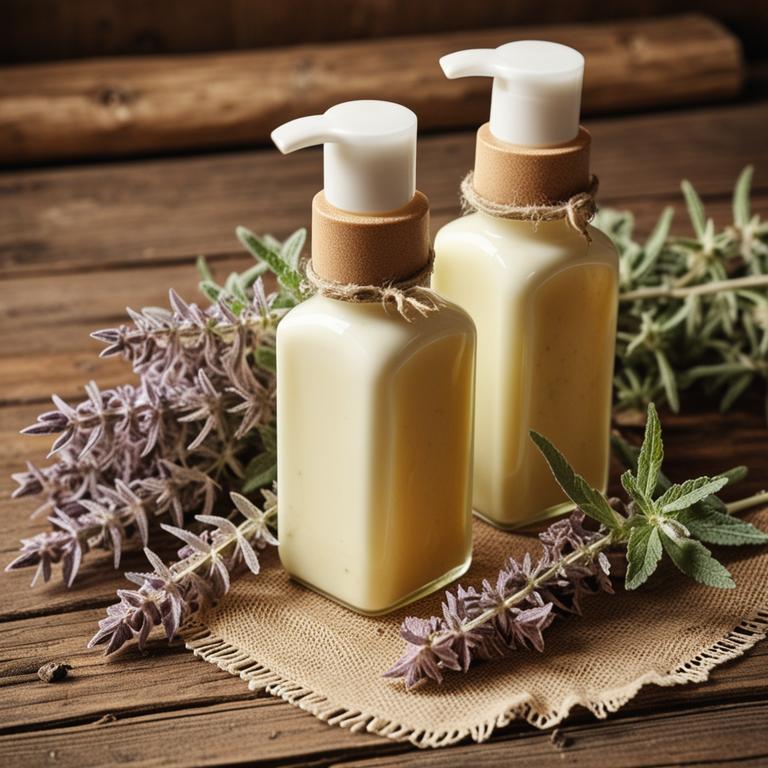
Teucrium polium, commonly known as germander, is a traditional herbal plant that has been used for centuries to treat various skin conditions, including fungal infections.
Herbal lotions made from Teucrium polium are believed to possess antifungal and anti-inflammatory properties, which can help alleviate symptoms of conditions like athlete's foot and ringworm. These lotions are often prepared by infusing the dried leaves and flowers in a carrier oil or water, allowing the active compounds to be absorbed through the skin. The use of Teucrium polium lotions is gaining interest in natural and alternative medicine due to their potential to provide a safe and effective treatment option for mild to moderate fungal infections.
However, it is important to consult a healthcare professional before using these products, especially if the infection is severe or persistent.